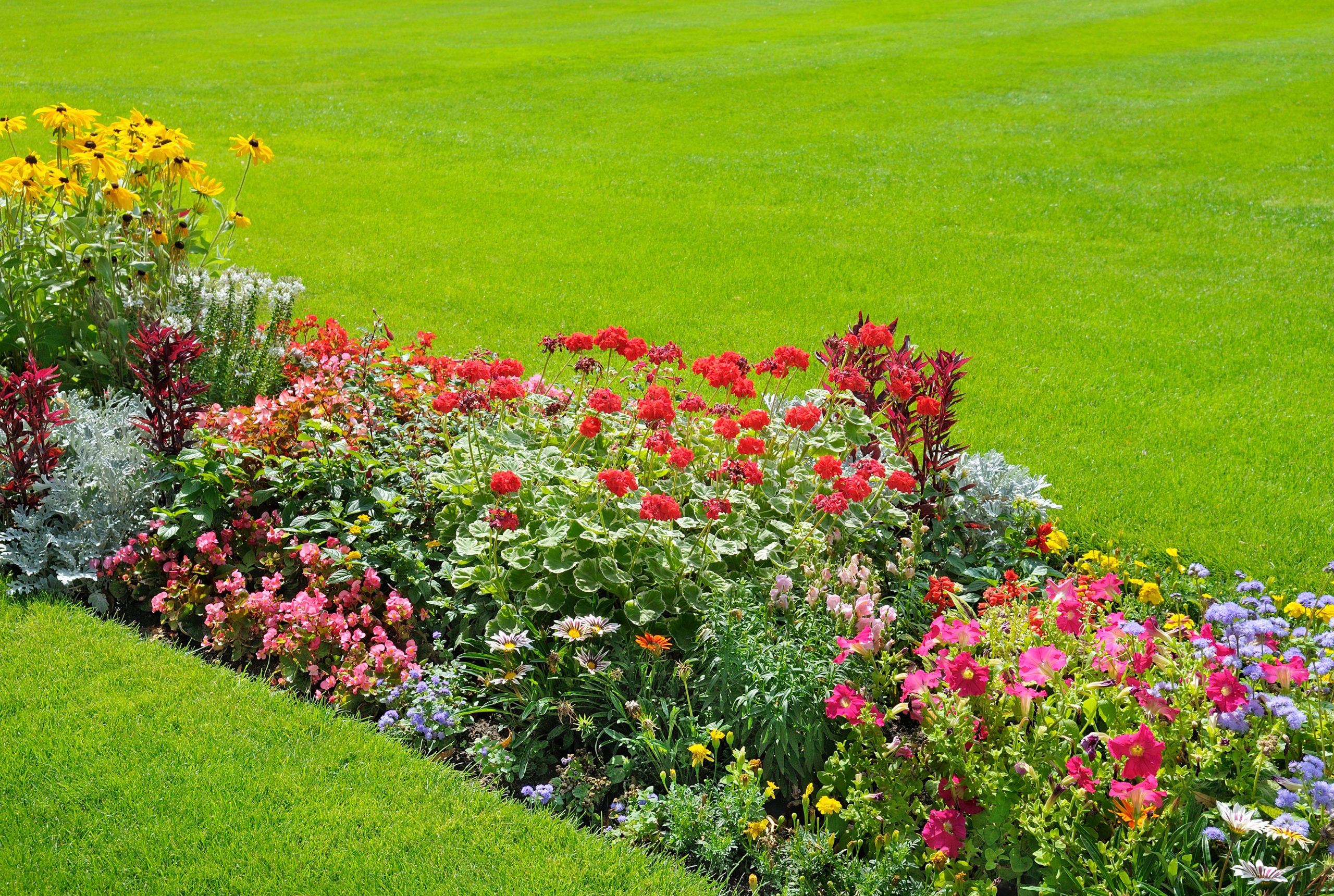Daring Doers
Do you find it hard to resist a DIY project, especially when you’re sure the result will be worth the time? Is a weekend tackling your honey-do list your time to shine? Are you happy to help your family and neighbors enjoy themselves in a space they’ll love to share?
Sounds familiar. So we gathered tips and tricks to help you get the job done, even when the job gets bigger than you anticipated.
You should invest your time and money in planning & products that will actually benefit your home and garden. We know you’re hungry for information, so here’s how to weed through credible resources for the right advice.
Start with The AND Approach
Identifying your problem is the first step in making sure you don’t fall for another DIY trick you found on YouTube. And, you’re probably thinking, been there done that, but have you tried The AND Approach? It’s 3 steps: 1) Find, 2) Solve, and 3) Prevent home and garden issues. We hate to break it to you, but a DIY fungicide of water and lemon juice won’t save your mint from fungus. What will? A tested and proven product or an expert professional. Research your product options and ask your friend at your local garden center for an added sense of insurance.
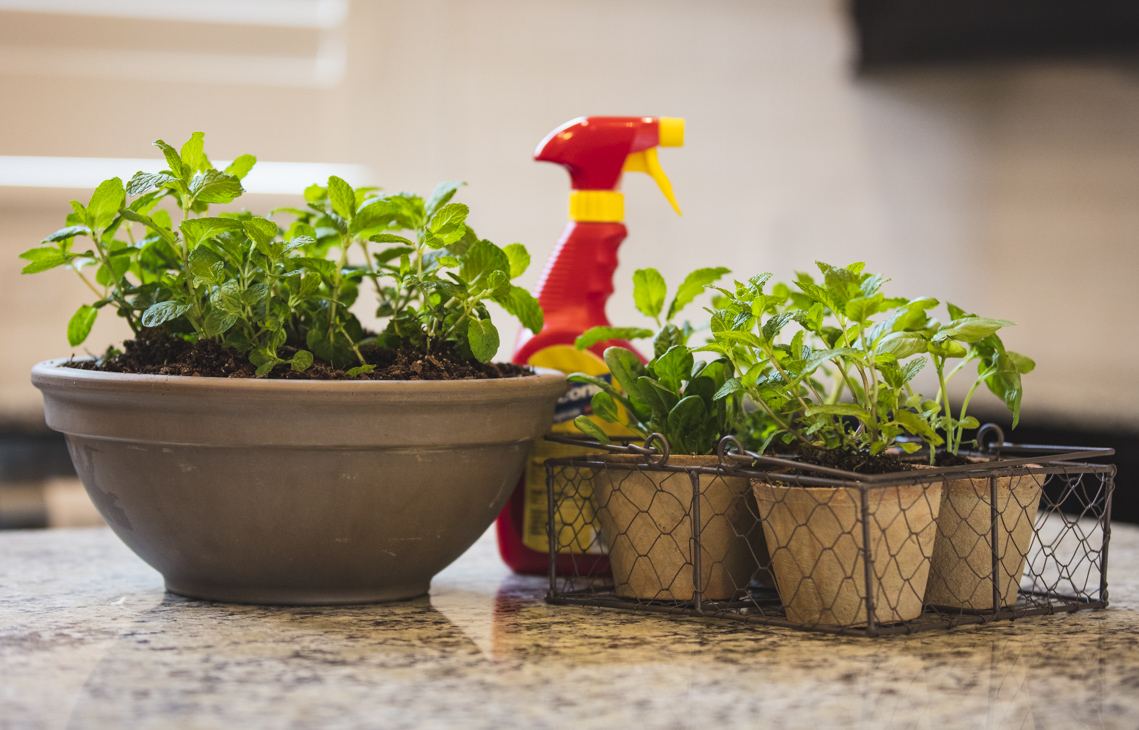
What to Buy and Why
The gardening aisle can be overwhelming, so make sure you’re reading product labels and consulting a professional to make sure you’re only purchasing the products you need. It’s almost inevitable that you’re going to need a shovel, and try sharpening the blade of your garden trowel to make digging a little easier. Gloves are also important for every gardener. Here are the essentials to get you started.
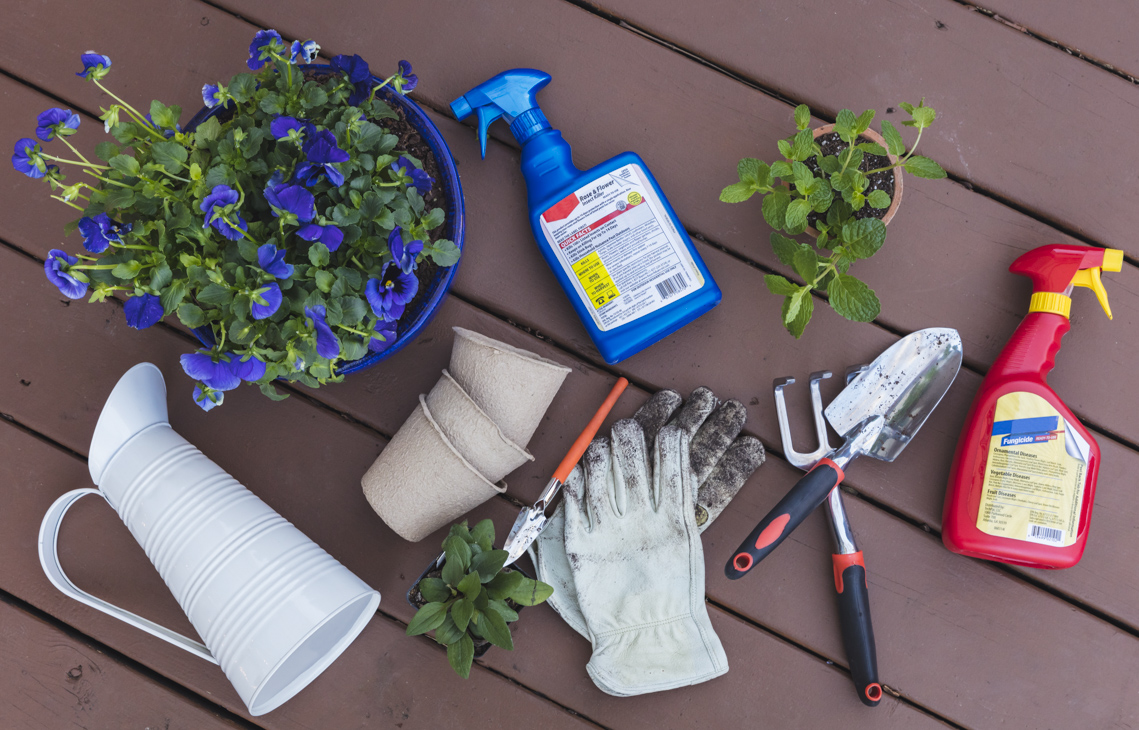
Make It Rain
Sprinklers are for more than running through on a hot summer afternoon. We know you like to dig into your projects, but this is one you can let automation take over. Set your timers to water in the morning, and position them so they water your grass and roots of your plants. Don’t set and forget, though! Keep an eye on the weather and cut back if there’s rain in the forecast to avoid overwatering.
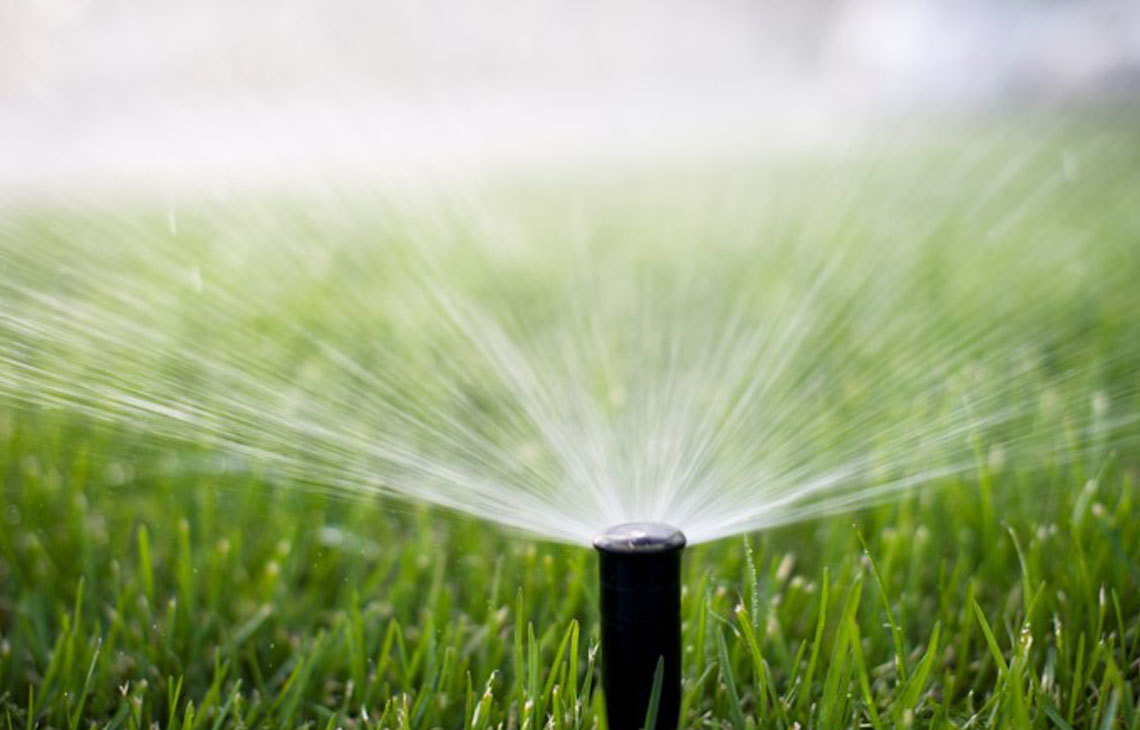
Soak Up the Sun
The amount and the type of light a plant absorbs has huge impact on its overall wellbeing. Check on how much light your plant requires and find the best spot in your garden or home to meet these needs. Indirect light? Choose a bright windowsill. Full shade? Your bathroom counter is the perfect spot. Garden professionals can also help answer any specific lighting questions you have.
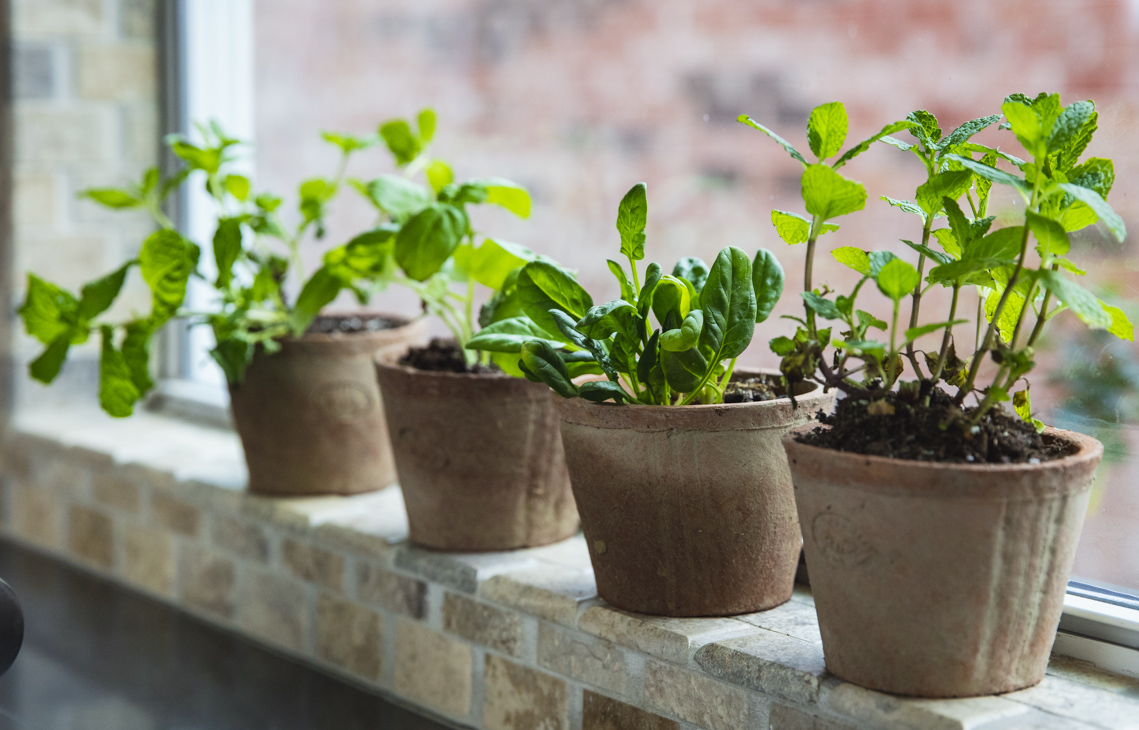
Ask Someone You Can Trust
Professional lawn services and your local garden center can help steer you away from products you may not truly need, ultimately saving you time and money on your projects. Experts can also help identify any weed or pest issues so you can get straight to solving any problems at hand. University website extensions also offer a variety of resources that can help you spot any gimmicks.

By now, you’re an old pro ready to take your DIY to the next level. But, you still have questions. And, we have answers.
When Can I Start Tackling My Outdoor Space?
As soon as the snow melts in the spring, grab your trusty tools and head outside. Spend time raking old leaves, power washing the deck and on overall clean up. Depending on your grass type, it might also be the time to apply a preemergent herbicide. Different seasons and weather always call for different projects, plants and products. Your local garden center can also help answer questions based on your specific area and climate.
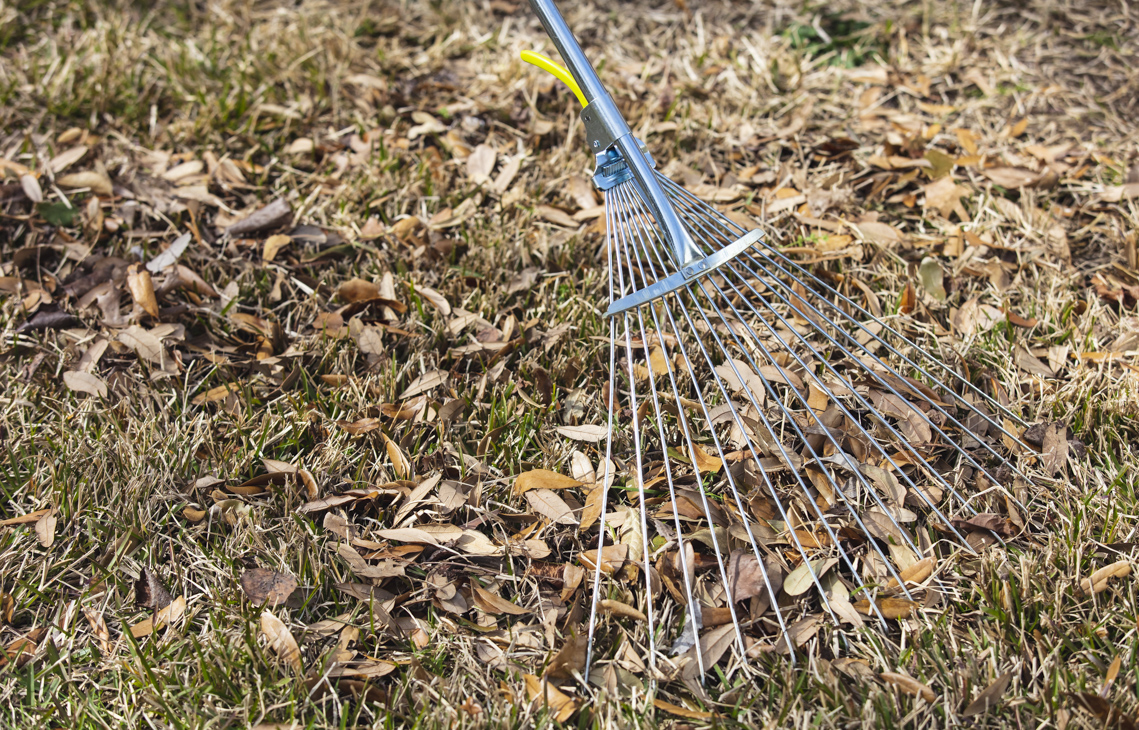
Why Does My (fill in the blank) Keep Dying?
Challenging yourself to take on next-level projects may not always reap the benefits of mastery. But that’s okay! Each variety of plant is different in their own way, so turn to the experts to help guide you in keeping your new plant species alive. A few common culprits of dead plants are water and sunlight. So make sure your plant is not getting too much or too little of either. You can also hire a professional to help diagnose and control any pest problems that may be causing issues.
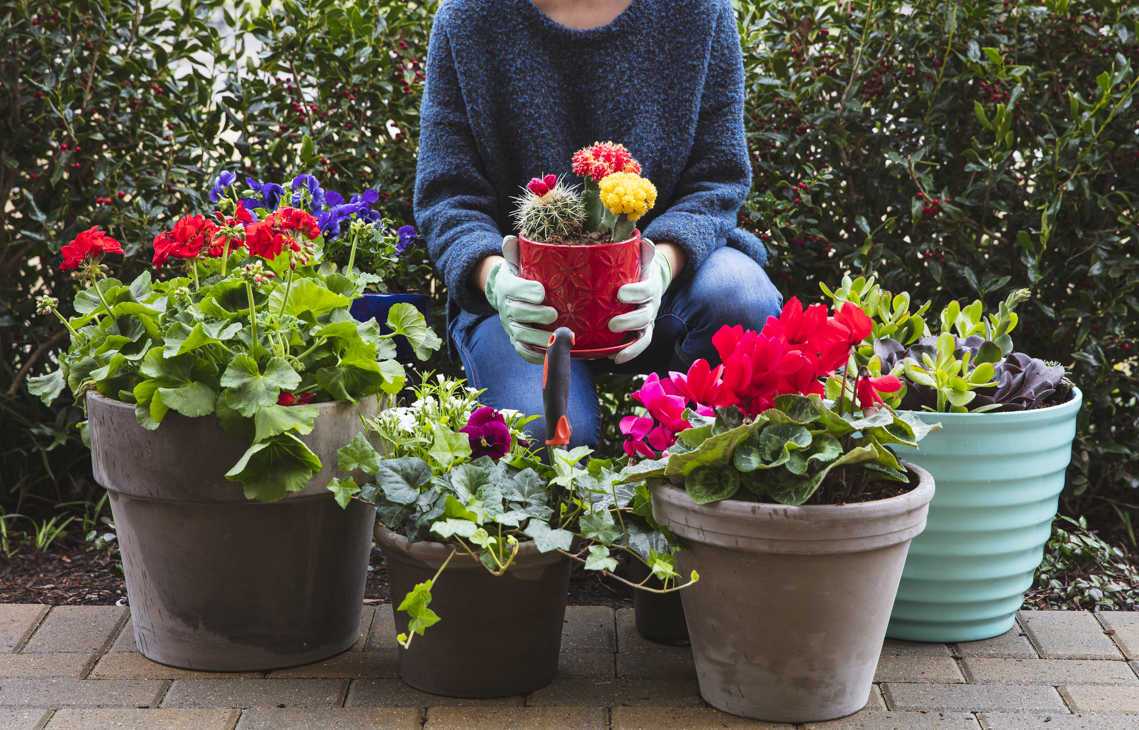
What Products Are Available to Help Control Pests?
Using The AND Approach, your first step is to identify your problem, then solve using a solution that works for you. For pests such as aphids, mites and whiteflies, tackle with an insecticide used according to label directions. Struggling with crabgrass taking over your stone patio? Look to an herbicide for control. Remember, no matter which product you choose, always read and apply according to label directions. And, if you need help to identify, solve or prevent the problem, seek out an expert.
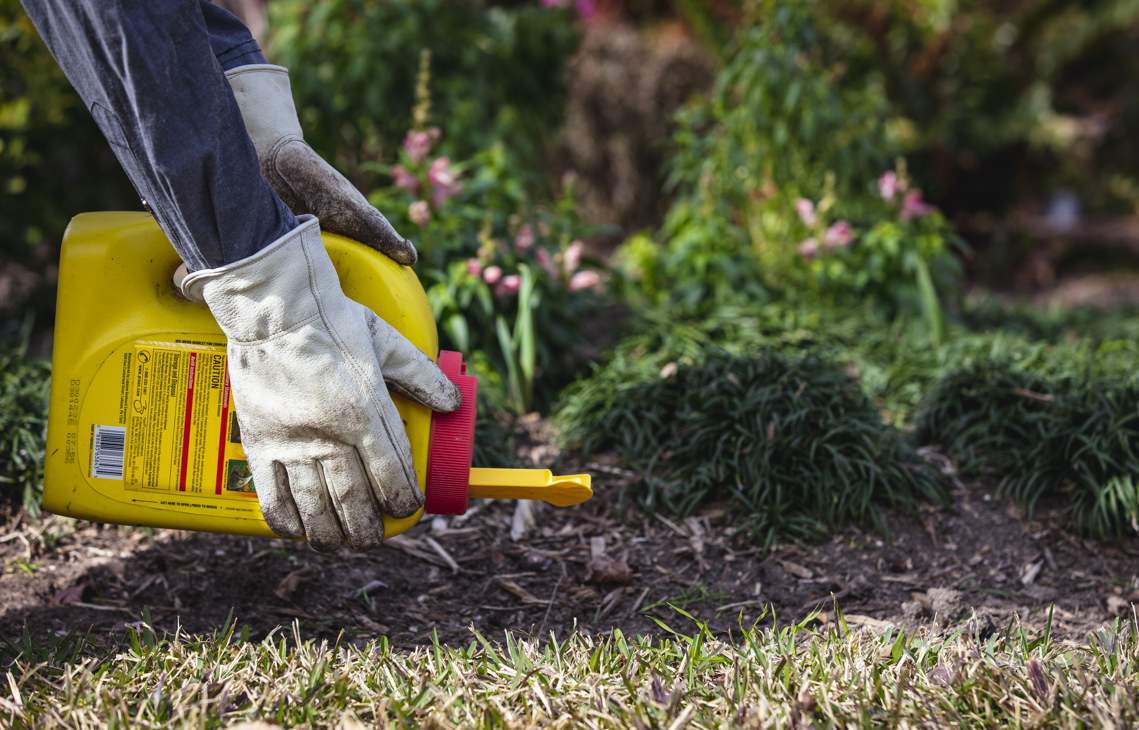
Where Can I Learn More?
More questions? Head to your local garden center to ask for personalized advice, from which plants you should group together, to mastering a landscape design that’s both functional and shows off your hard work. You can also consult your university extension website for access to more resources, online courses and more.

Outdoor living is a way of life. Tackle the tire-swing-hanging, swing-set-building and soccer-goal-set-up on your to-do list with these steps. Then, get building.
Choose the right location
Find the flattest part of your yard using a string level you can make at home with a wooden stake and measuring tape. This is your build area.

Play it safe
Remove yard furniture, tree stumps or other hazards to create a 6-foot radius around the area you plan to build a swing, playset or soccer goal.
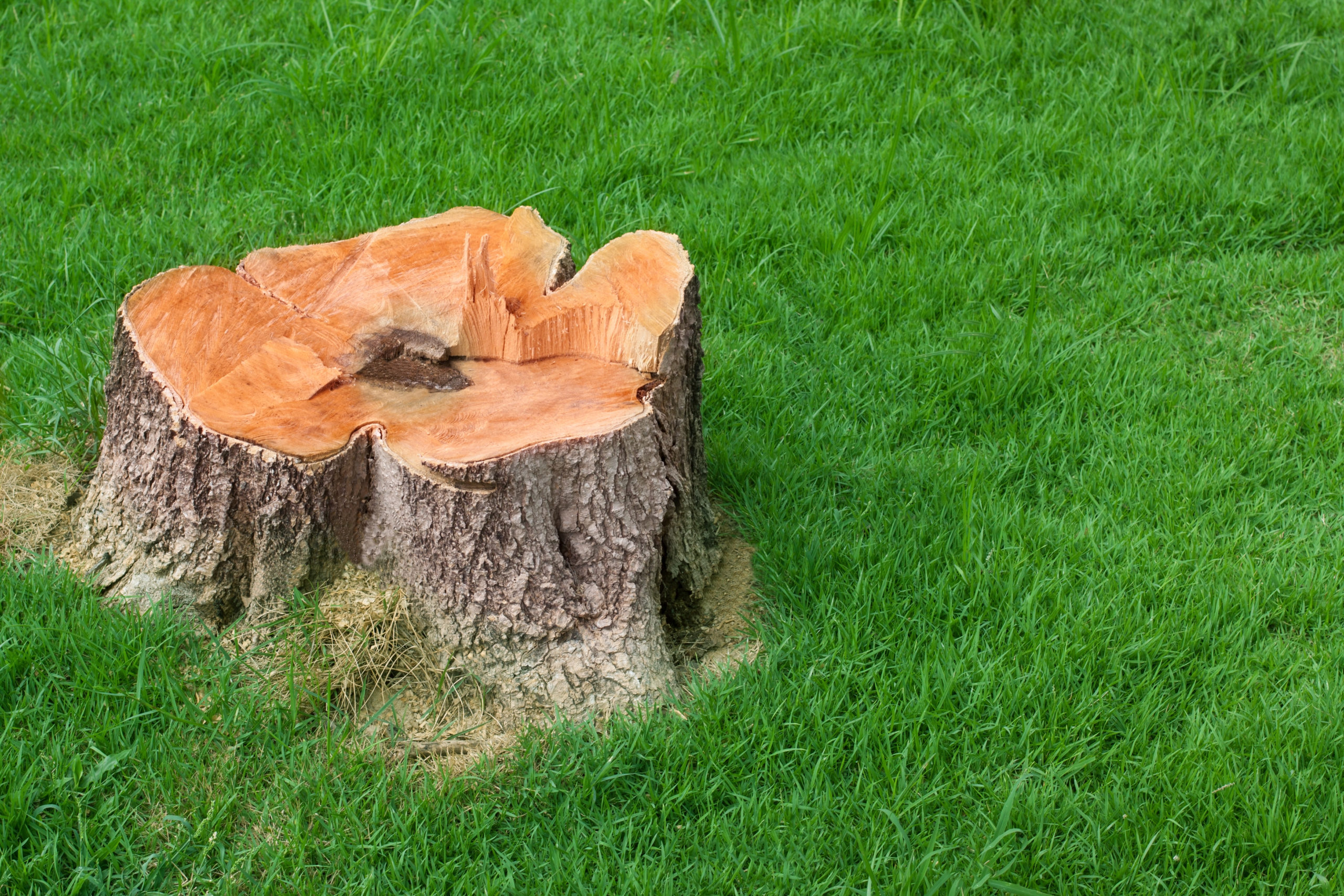
Scan the area for intruders
Take an inventory of any potential problems like rodents, opossums, raccoons, or a bee’s nest. Clean up potential hiding places such as piles of leaves and look under rocks or hidden corners of your fence or deck.

Pick a sturdy material
Use weather-resistant materials such as treated wood and plastic to build your equipment to help keep it safer, longer.
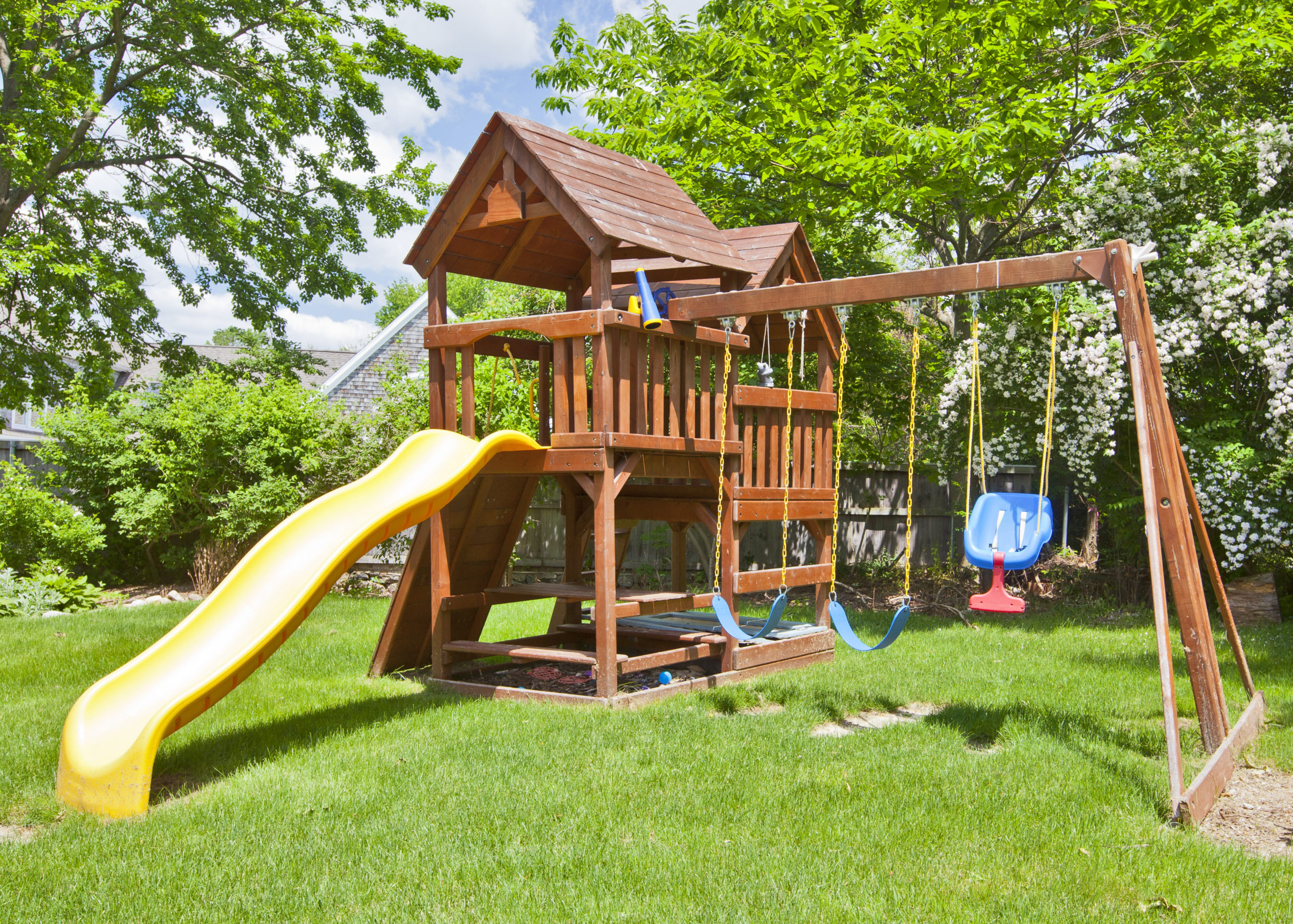
Keep an eye out for bugs and weeds
Regularly survey your play areas for bugs and weeds. If your problem persists, select a control product from your local garden center and make sure to follow label directions.
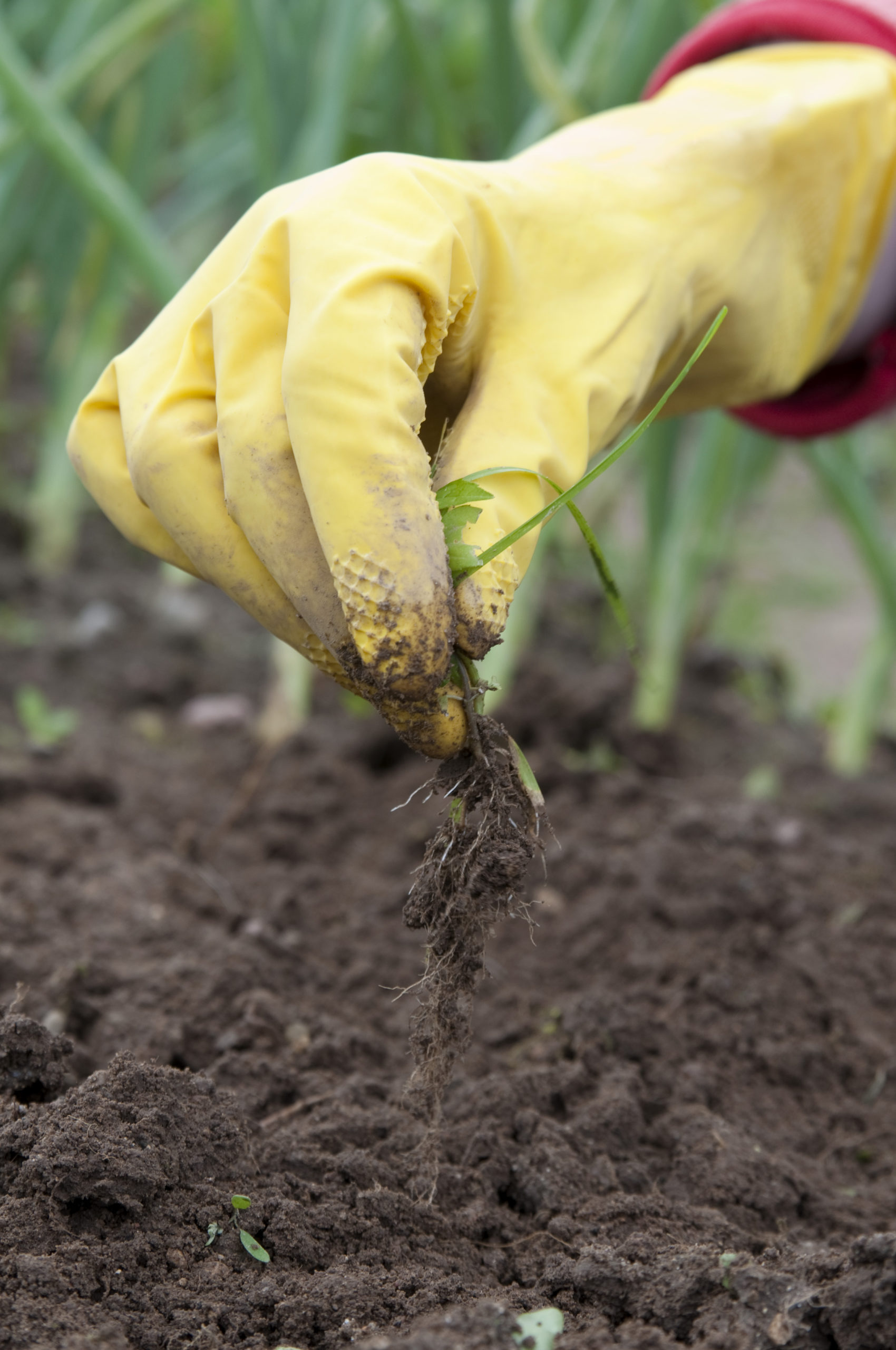
Avoid allergies and rashes
Check around future play areas for weeds like poison ivy or allergy-irritants like ragweed. Remove and treat these areas to make sure play isn’t ruined by rashes, watery eyes and asthma.
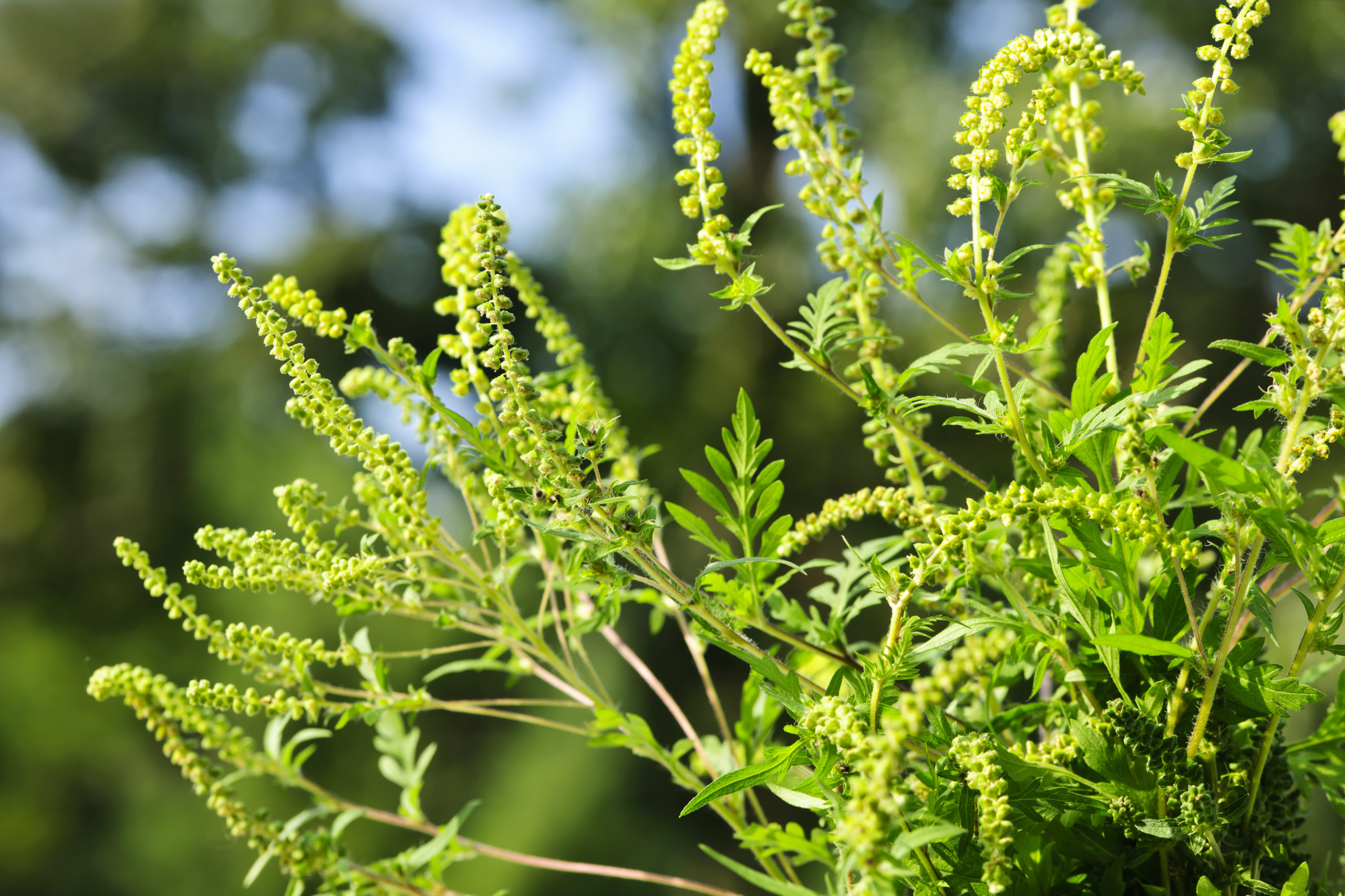
Keep ticks at bay
Ticks are no joke. Tick control products are a reliable way to keep them from entering your play areas. Use repellent and regularly check for ticks after time spent outside.

Plant green grass for safety and cushion
Plant grass to provide a soft surface for an outdoor swing set and soccer-goal-set-up.

Use these tips while planning your outdoor DIY activities to create a relaxing space to share with family and friends.
Refresh your yard
Clean up sticks and trim branches that may have been damaged from the weight of winter snow.
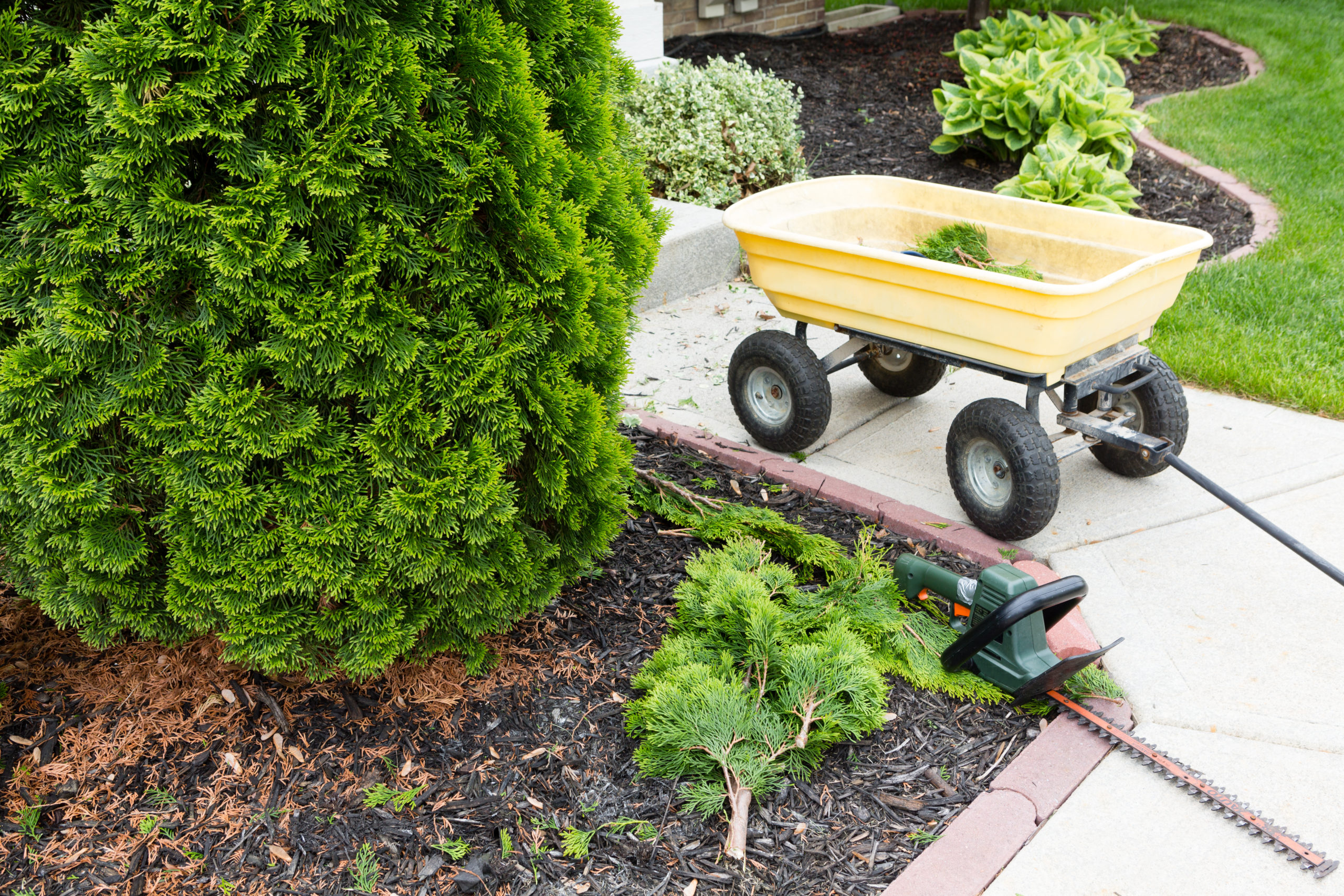
Prevent weeds
Treat your lawn with a pre-emergent herbicide for a head start on controlling crabgrass and weeds. A spot treatment might be the answer to control weeds that pop up throughout the season. Make sure to read and follow label directions when applying any control product from your local garden center.
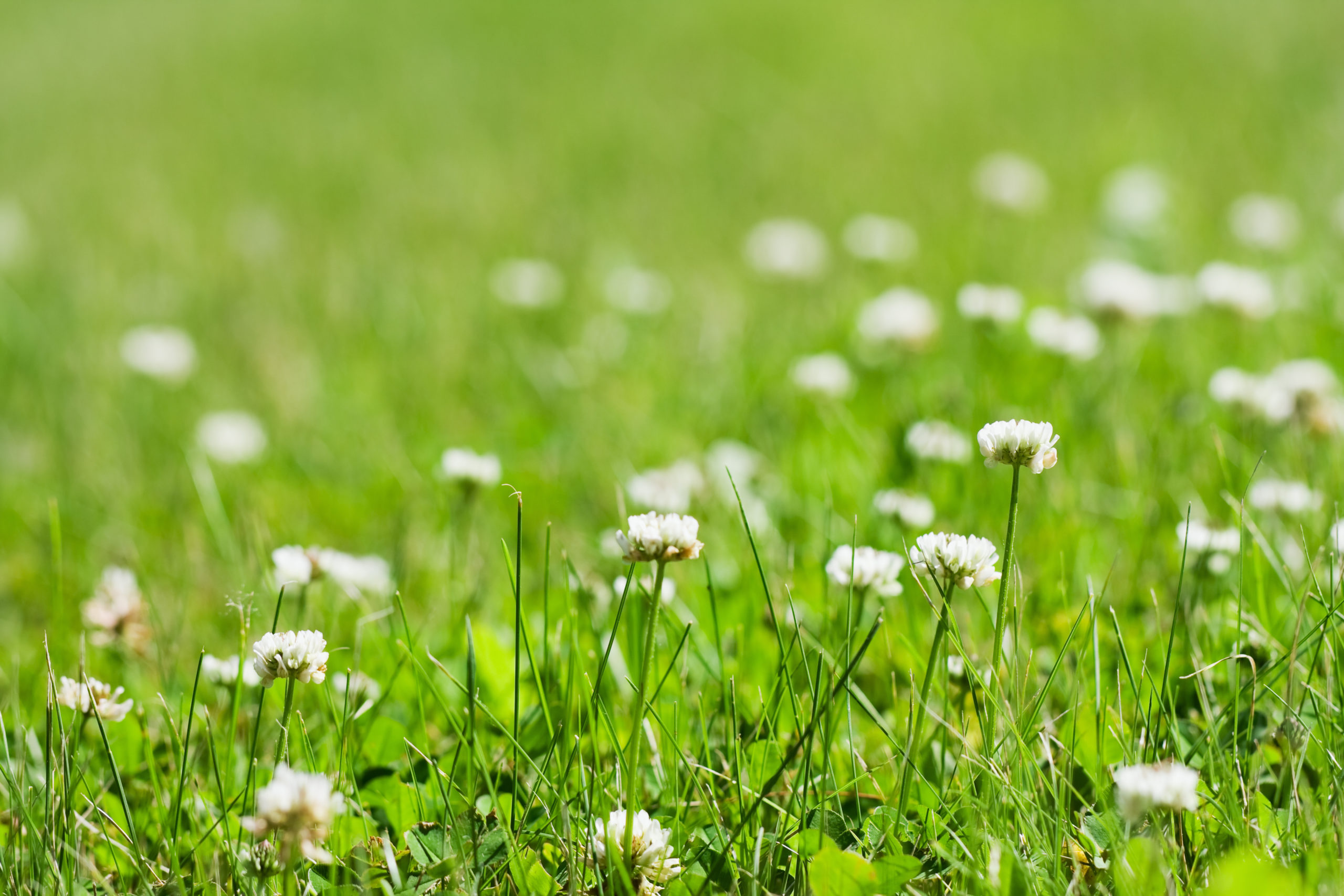
Create a green space
Overseed to patch bare spots in your grass and aerate to break up thatch and help add moisture to your lawn.
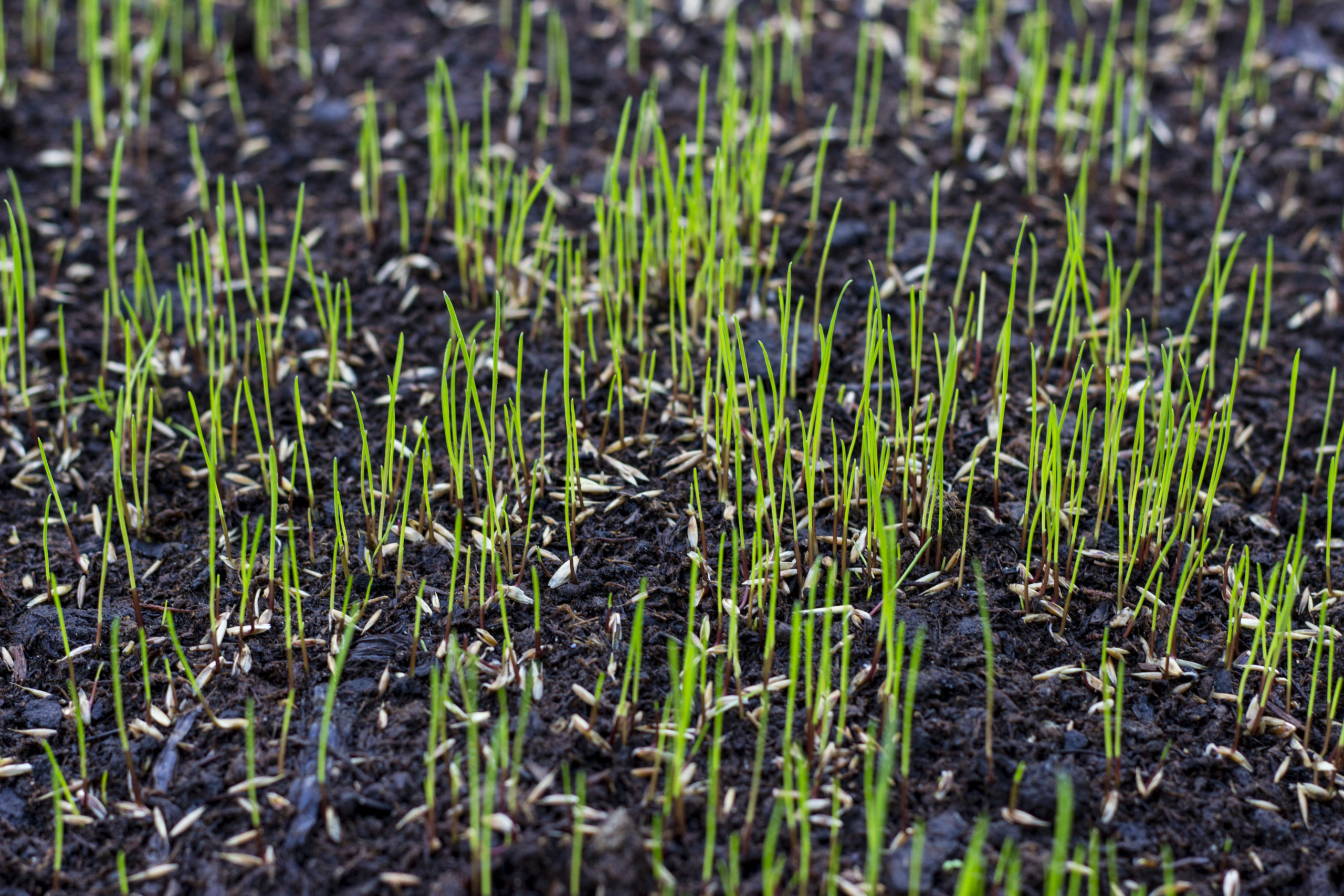
Stick to a routine
Create a mowing and watering schedule based on how much it rains in your area. Set your mower’s blades to cut your grass no shorter than 3 inches. A good rule of thumb is to water about 1 inch per week.
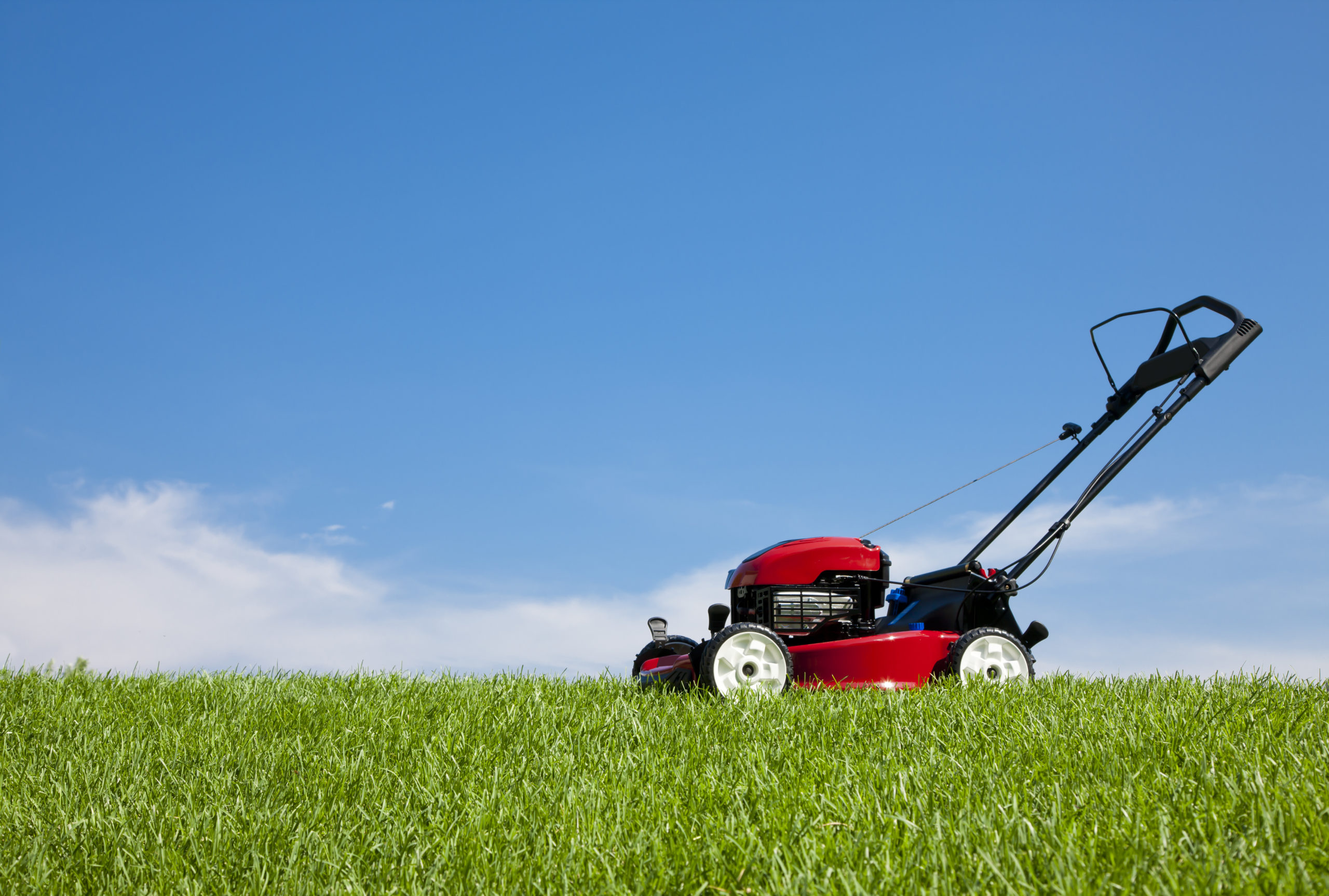
Create a colorful landscape
Take a look at what is already growing in your yard before adding to your landscaping. You can choose annuals that grow for only one season and perennials that return each spring. Combine them and compare blooming seasons to create a colorful landscape throughout the summer.
